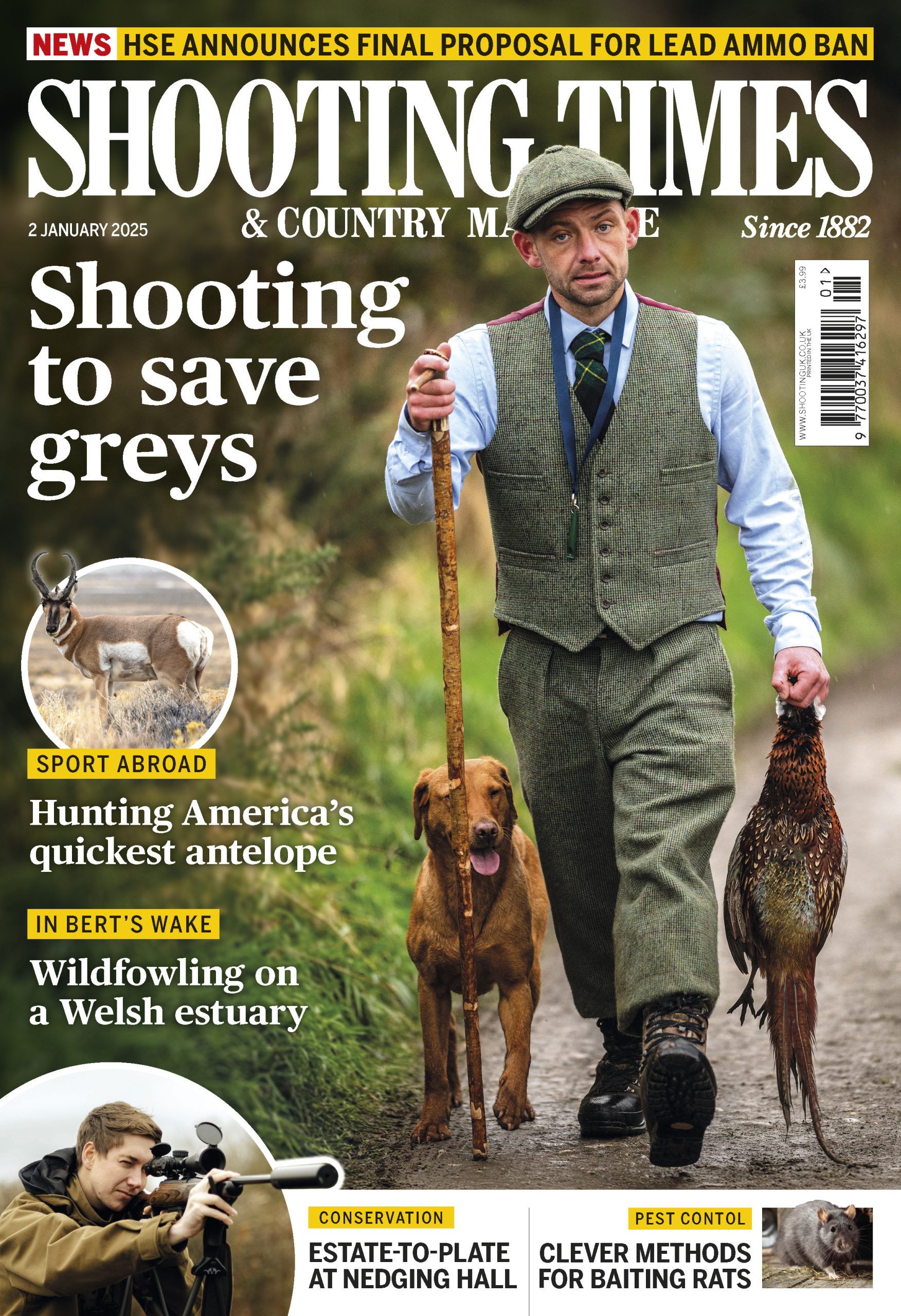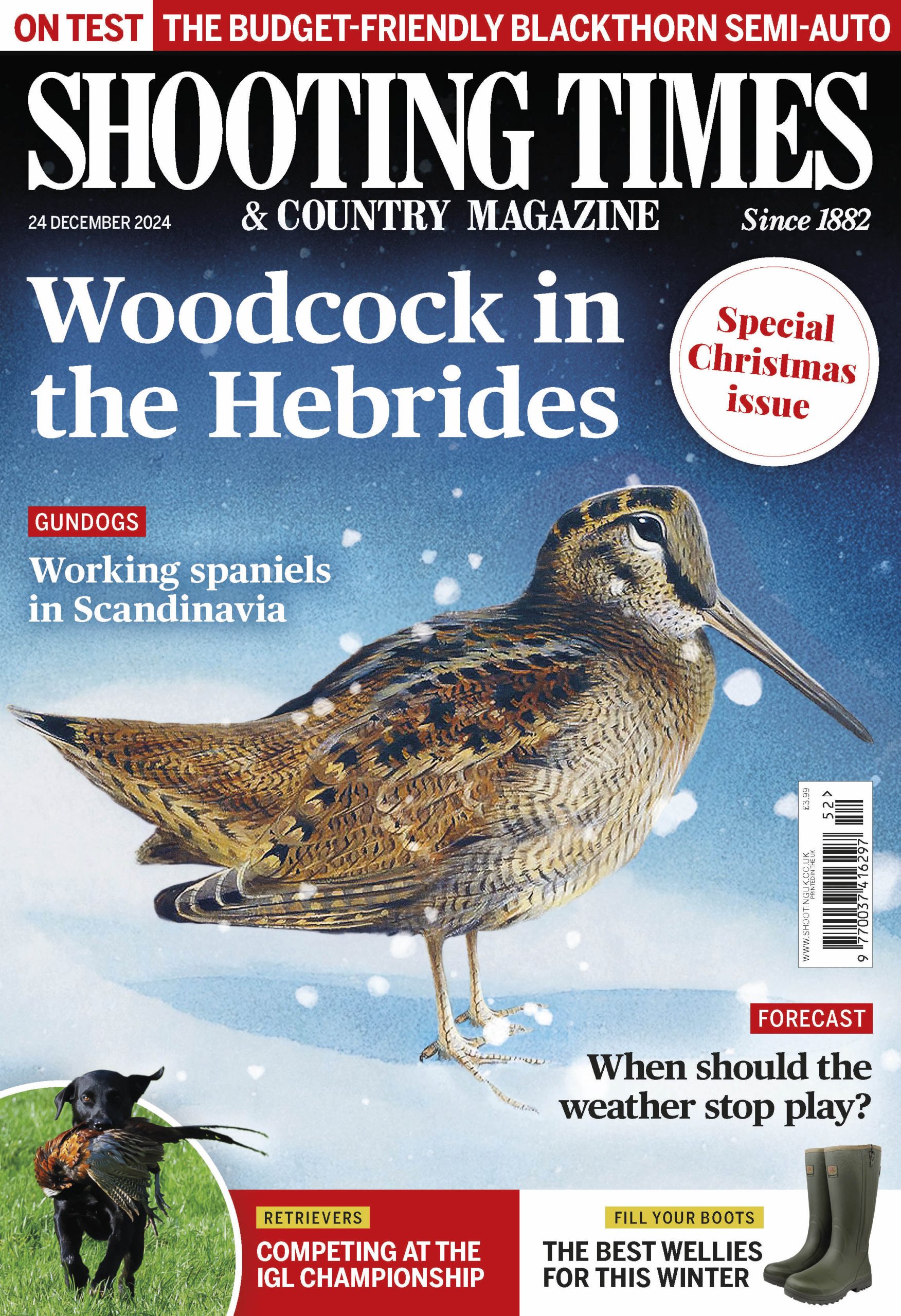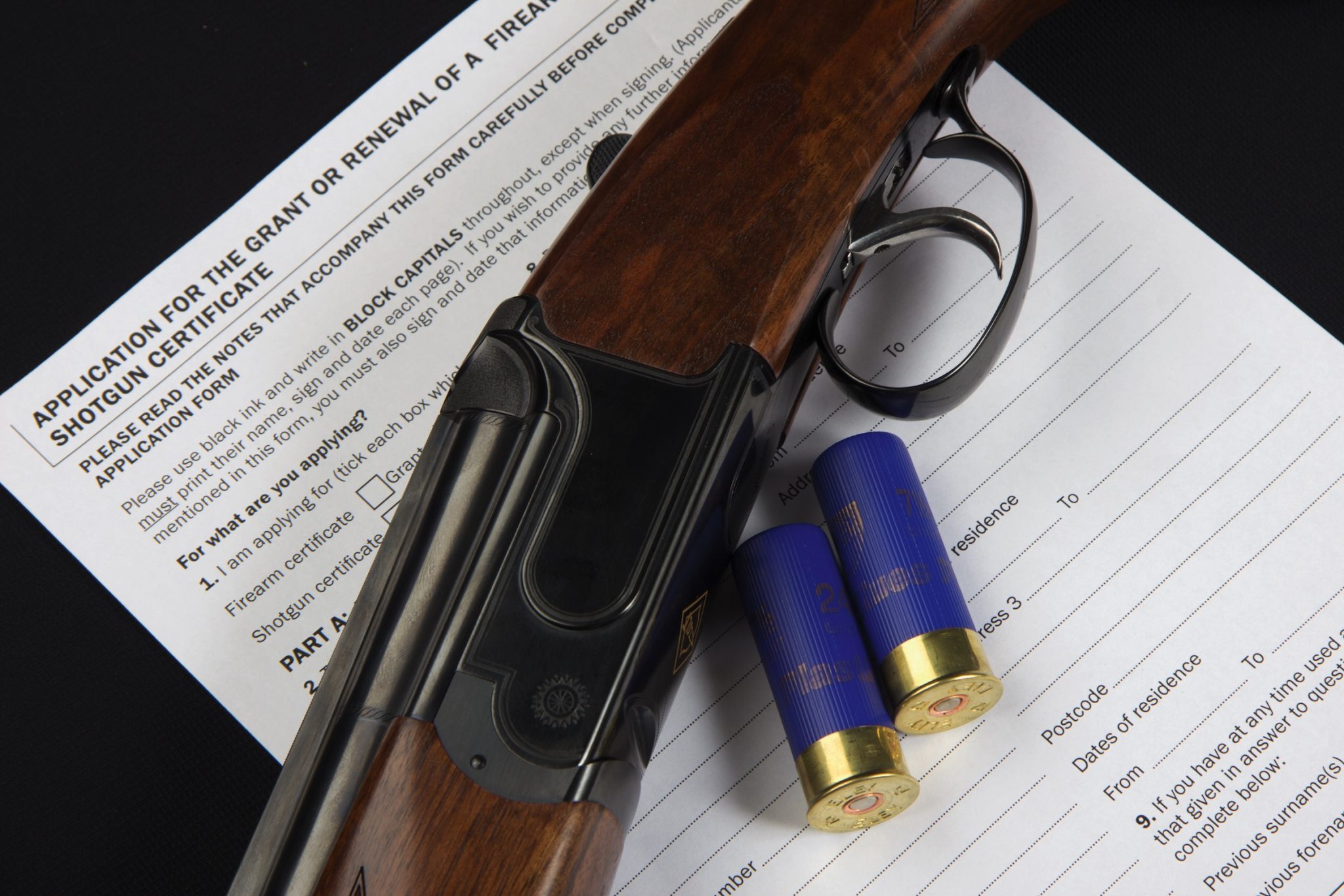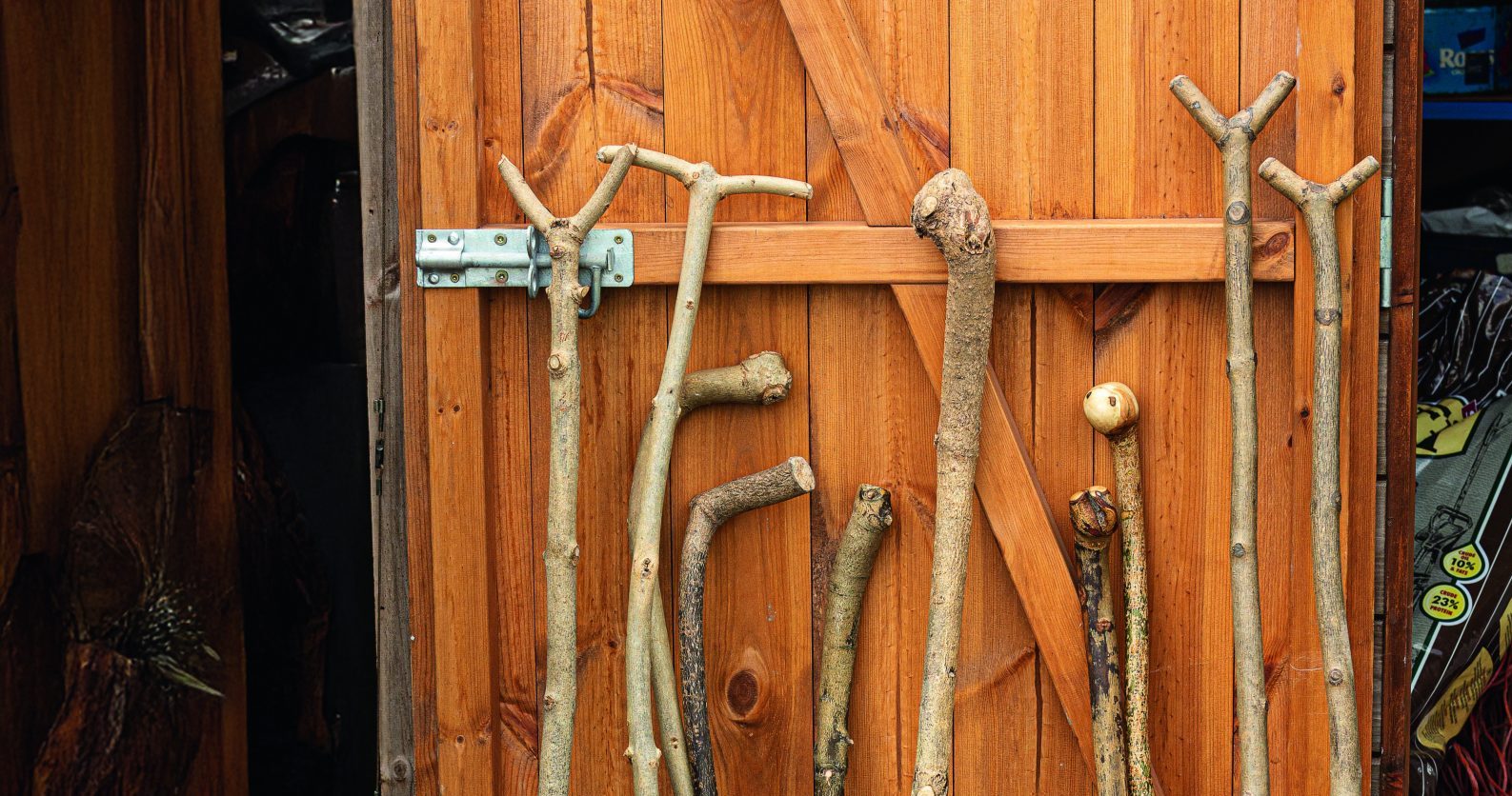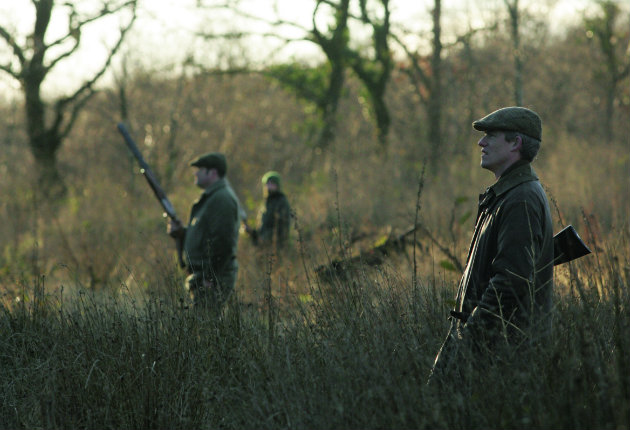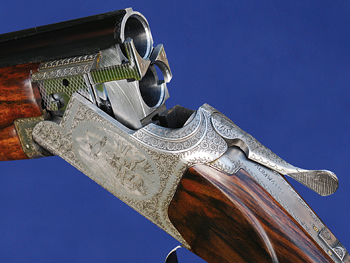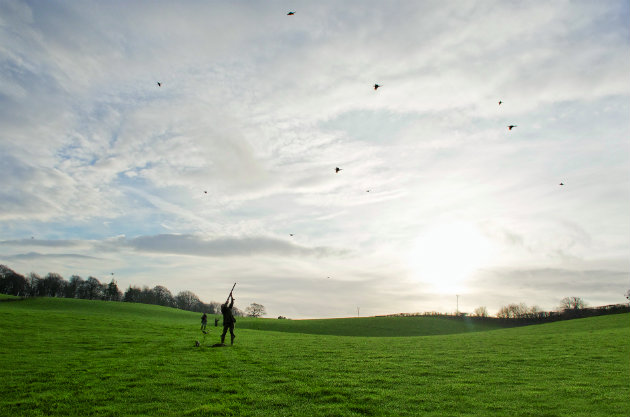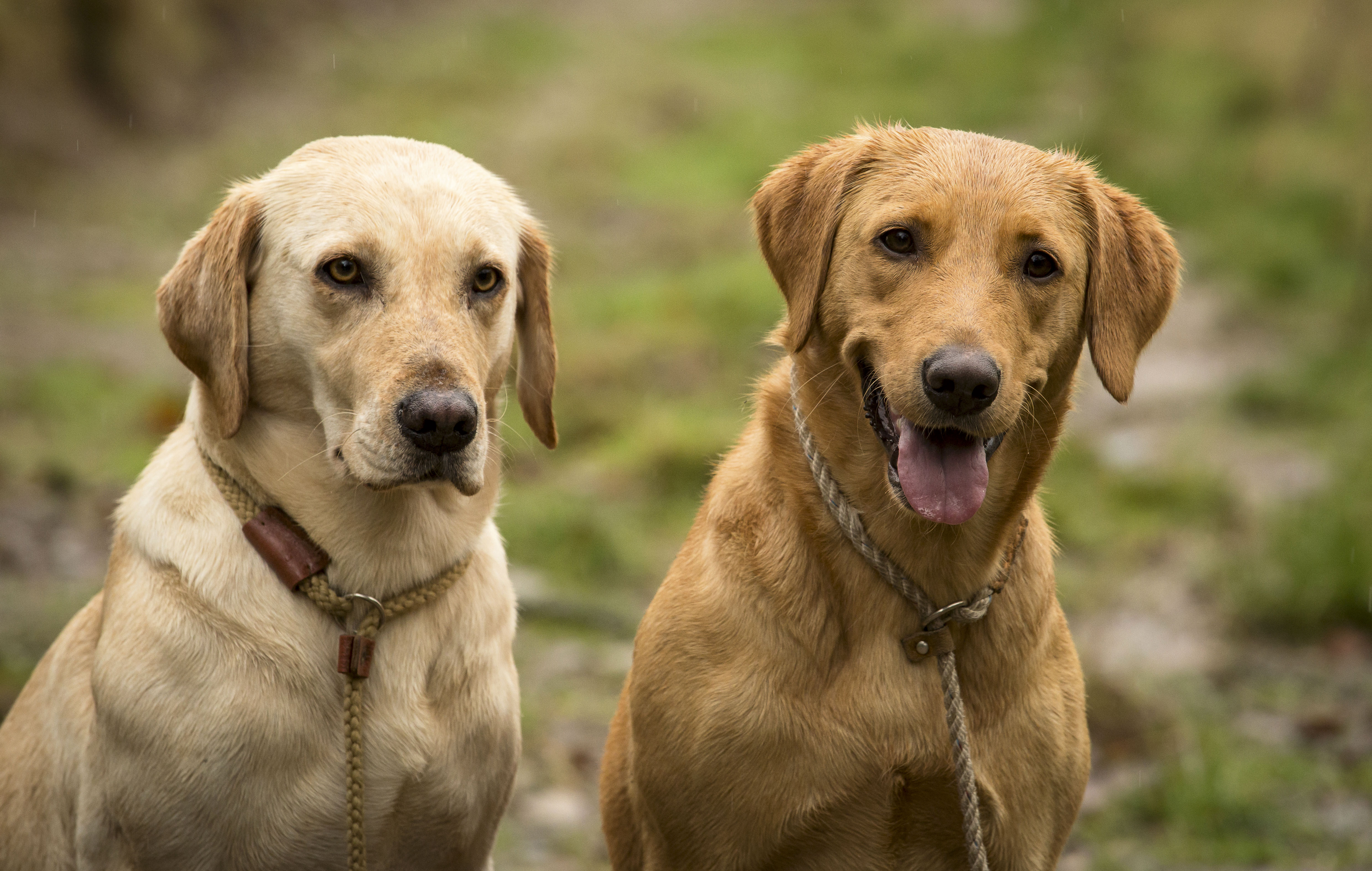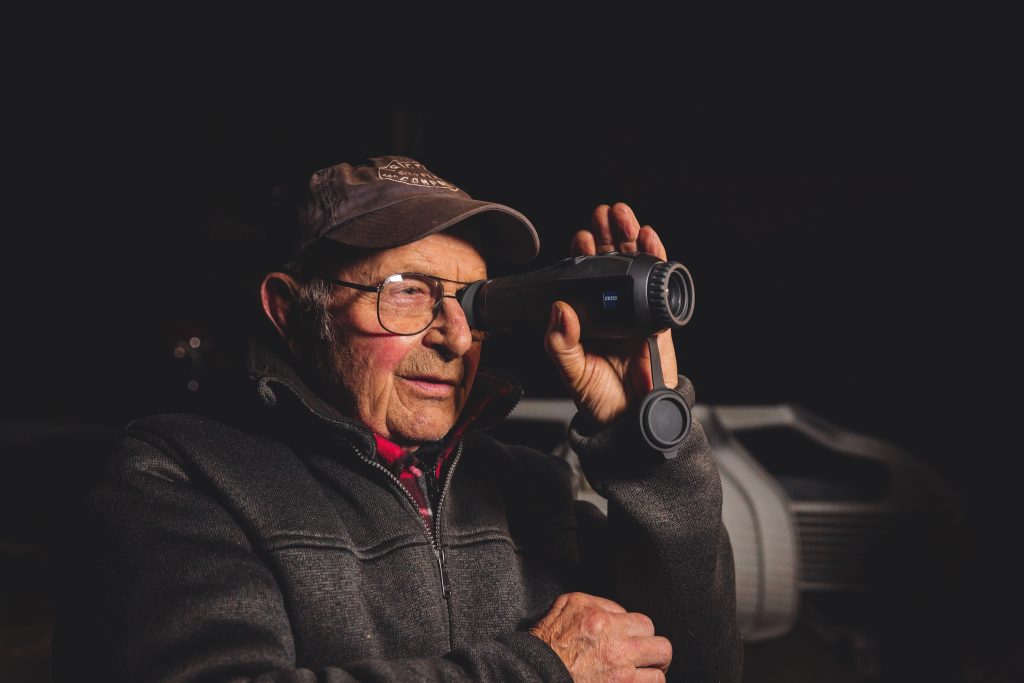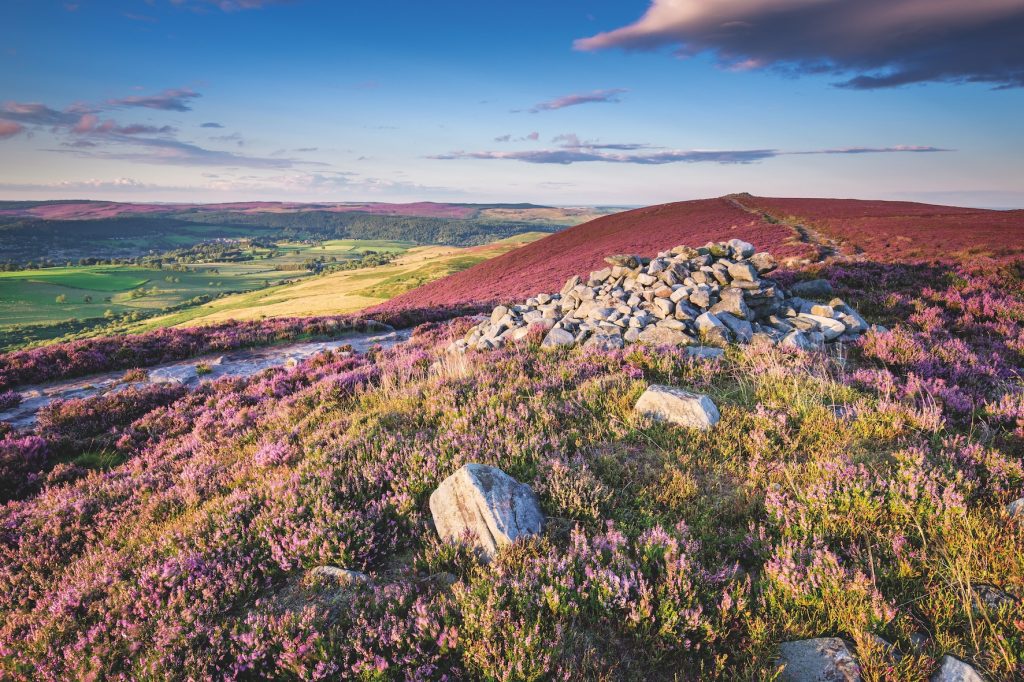For many people in this country, walked-up shooting or roughshooting is how we started. It is the grass roots of our…
Win CENS ProFlex DX5 earplugs worth £1,149 – enter here
Late-season driven shooting – how to get the most from it
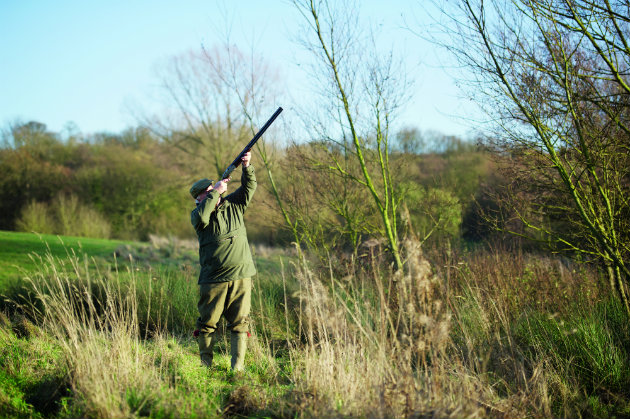
Driven shooting in December and January is arguably the cream of a season’s sport. The birds are strong, the cover has died down, there is hopefully some cold weather and, of course, there should still be enough birds about to shoot at. Driven shooting may be at its best at this time of the year and the Guns fully focused on pheasants and partridges, but there are still opportunities for us to add a little variety to the day.
I was at a very well organised and professionally keepered driven shoot a couple of years ago when the host informed the Guns that the second drive was going to be the Canada geese that had settled on the farm reservoir. He passed a couple of handfuls of bismuth cartridges to each of his guests — I presumed he passed out bismuth instead of steel because he shot with a fairly old side-by-side himself and guessed that only a couple of the other guns would have had modern guns proofed for steel shot — and got them to creep into a wood just below the dam wall.
The Guns were really excited, crept in with their dogs on leads and stood in any open spot they could find. The geese came off in one huge whoosh. The guns got off a couple of barrels each and seven Canadas made it on to the gamecart.
It was all they talked about for the rest of the day; when we shot there earlier this year they were still talking about it. And this is a team of seasoned Guns who shot a decent number of well-presented, testing pheasants and partridges on the same day.
Most shoots have a pond they can push off, either as the first drive of the day so the duck or geese aren’t disturbed by the shooting on the other drives, or as part of the day itself if the pool can be kept quiet until the Guns get there. Just remember to pass the non-toxic shot out to those who don’t have it.
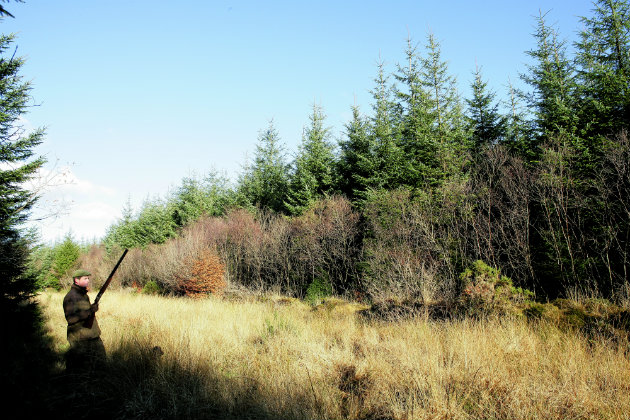
Flushing and shooting snipe as part of an ordinary day is one thing; doing a drive specifically for woodcock is another
Woodcock and snipe
Migratory woodcock and snipe start to appear in December and I have no problem with them being shot as long as they are there in sufficient numbers to warrant it. Leaving them until later on in the season almost guarantees that any that are shot will be migrants. The key to a good snipe or woodcock drive is quite simple. The birds need the correct habitat to be there in the first place, and they don’t like being disturbed. Flushing them and shooting at them as part of an ordinary day, as happens with woodcock on pheasant drives, is one thing; doing a drive specifically for them is another.
Drives that are specifically for woodcock or snipe shouldn’t be done more than a couple of times a season. If these places are over-shot, the birds will desert them and go elsewhere. It is also quite easy to over-shoot an area and take more birds off a piece of bog or out of a young plantation than what many of us would consider a sustainable harvest. If we do a snipe drive, the Guns generally shoot a cartridge-to-kill ratio of about 10:1; on a woodcock drive a little less, though it does depend on the Guns.
As a point of interest, I worked out the birds flushed to birds shot ratio with the boss one day. The figure is different from the birds shot at to birds killed ratio because so many of each species evade the guns, and we came up with a figure of about 10 to 12 snipe and eight to 10 woodcock flushed for every one that ended up in the bag. This is not a huge percentage and definitely a sustainable harvest; more so when you take into account that these places are only shot a couple of times a season.
When driving snipe, the Guns need to creep into place. Snipe, like all wild birds, are different from reared pheasants. If they hear you or a dog runs ahead, they will be up and away before anyone gets the chance of a shot.
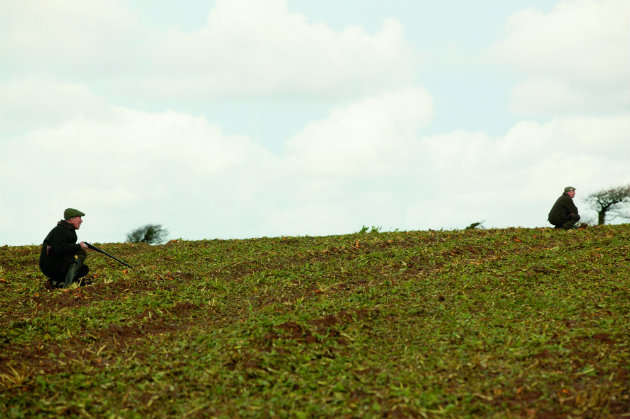
Snipe are wild birds – and different from reared pheasants – so it is best to get the Guns to creep into place
On our snipe drives, we get the Guns in place before we line out the beaters. Then we keep a fairly straight line with the dogs at heel, stopping whenever a single snipe or a little wisp of birds lifts. Calling the birds forward helps if the Guns are not used to seeing them, or if they are expecting to see them at a certain height. What height they fly at, and how freely they flush, will depend on the ground and, to a degree, the weather on the day that you shoot them. Some birds will cross the line fairly low, others will go straight up and jink across 40 to 50 yards up. Both are difficult shots and, as no two birds are the same, it makes them all the more challenging.
Guns need to be made aware of the differences between snipe and jack snipe, which are their size and the way they fly. If the Guns are unsure when one goes over, get them to hold fire. No one wants to shoot a protected species.
Our woodcock drives are much the same as the pheasant drives. The only real difference is the range we let the dogs work and the speed at which we drive the wood. Woodcock will both sit tight and run forward, so it pays to work the cover thoroughly and the last few yards out, just in case one has run forward, seen the Guns and clapped down, hoping you’ll go over it.
It doesn’t take much to add that something extra to a day. It is worth remembering that while you are shooting that rough patch for a woodcock, trying out a new drive or pushing duck off a pond, you are taking the pressure off one of your main drives and giving the Guns something to talk about at the same time.
Would a 16-bore shotgun be suitable for shooting woodcock?
Shooting advice: I’m buying a 16-bore shotgun, number 7,558, made by Arthur Howell & Co, Birmingham, but can’t find any…
How to shoot more driven birds
At this time during the season, I tend to lose count of the number of times I hear Guns saying, “I got off…
Picking-up etiquette during a driven game shoot
I have read with great interest in this magazine about how pickers-up are expected to behave when picking-up by guns…
Improve your driven shooting – here are 10 reasons why you might be missing
Driven shooting: Understanding why you miss will improve your driven shooting.
Related Articles
Get the latest news delivered direct to your door
Subscribe to Shooting Times & Country
Discover the ultimate companion for field sports enthusiasts with Shooting Times & Country Magazine, the UK’s leading weekly publication that has been at the forefront of shooting culture since 1882. Subscribers gain access to expert tips, comprehensive gear reviews, seasonal advice and a vibrant community of like-minded shooters.
Save on shop price when you subscribe with weekly issues featuring in-depth articles on gundog training, exclusive member offers and access to the digital back issue library. A Shooting Times & Country subscription is more than a magazine, don’t just read about the countryside; immerse yourself in its most authoritative and engaging publication.
